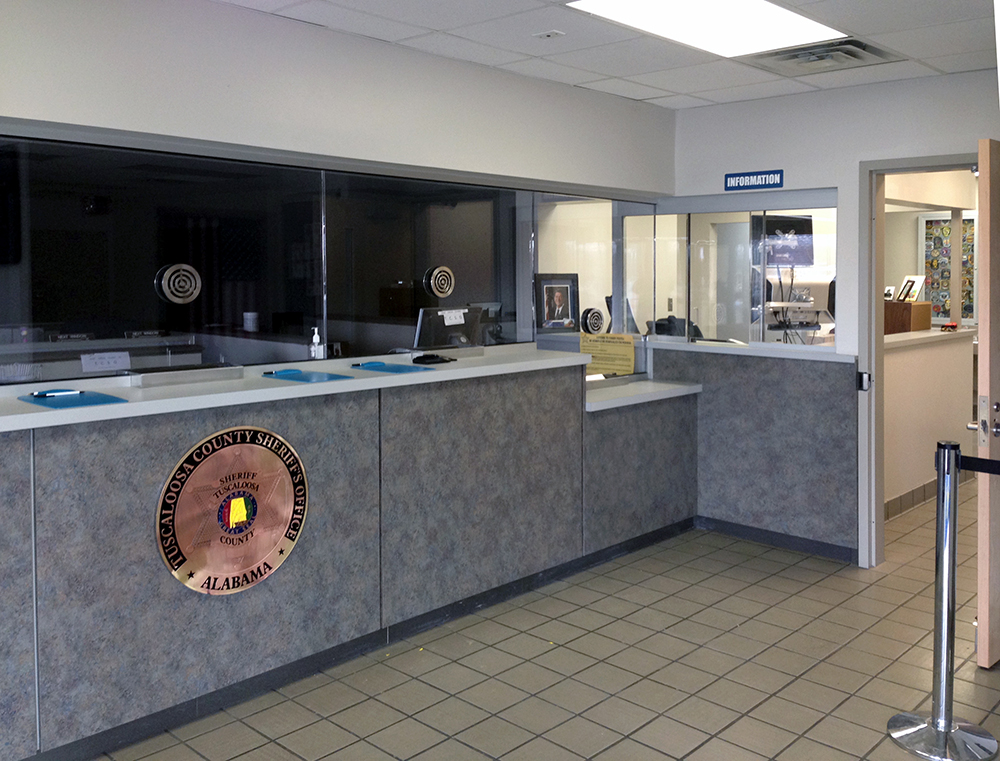Many experienced government building contractors are hesitant to pick up projects that require a bullet resistant barrier. The high expectations and detailed specifications and regulations that come with any government contract can be headache enough, let alone the responsibility of building a facility that can resist highly motivated attackers. Even though the barrier itself is likely to be a relatively small portion of the entire job, the prospect of making something “bulletproof” can be intimidating. Working with the right bulletproof subcontractors can help.
Jim Richards–CEO of Total Security Solutions–understands these concerns. He’s spent decades engineering, fabricating, and installing bullet resistant barrier systems for everything from banks and gas stations to government buildings. “We don’t have the big staff and big overhead that’s required to work directly with the federal government, fill out all of the forms, and track the contracts and documents. So we like to partner with contractors who are used to working in that environment and playing in that field. They do what they do best, we do what we do best, and we come together. It’s an opportunity for us to participate in these projects without dedicating a lot of office staff to keeping track of federal rules, and also an opportunity for the contractor to make a really great impression on the biggest customer there is: The U.S. government.”
Government Bulletproof Designs Fall into Two Broad Categories
The bullet resistant barriers called for in federal construction jobs tend to fall into two broad categories: front offices and stand-alone outposts.
Jim and his team have done countless reception-area installations for state, local, and large municipal government units, as well as the federal General Services Administration. Although these offices handle wildly varying day-to-day responsibilities in a wide range of settings–from small rural outposts to major urban centers–the designs themselves tend to be remarkably similar: Government offices need bullet resistant doors, reinforced counters, ballistic glass windows optimized for clear communication, and a suitable system for passing documents and receiving deliveries.
As for small standalone facilities, Total Security Solutions has experience building screening stations for U.S. Customs and Border Protection along both the Canadian and Mexican borders. These small, often remote buildings are a very different beast from big city reception offices. Not only is the scope of the job larger, but the threat model very different. For example, while reception offices are most susceptible to direct attacks with easily concealed weapons, a border outpost is exposed to long-distance targeting by snipers, giving attackers quite a tactical advantage. Even common hunting rifles–designed as they are to penetrate brush in order to take down large game–can pose a very grave threat to border facility staff and visitors.
In addition to armoring lobbies and reception areas to resist handgun fire (generally with materials tested to UL Level 3), the exteriors of remote government border facilities are paneled in an under-layer of Level 4 bullet resistant fiberglass, and exterior windows are fitted with Level 4 glass-clad polycarbonate ballistic transparency and frames verified to meet UL standards. These government-grade materials are significantly more challenging to work with than commonplace Level 3 ballistic acrylic and fiberglass that many glaziers are accustomed to using.
Government Contracts Require Precise Customization
The real trick to the bulletproof component of a government construction contract is that while these projects fit into a couple familiar categories–reception office vs. border station–they aren’t cookie-cutter solutions: Each reception area or security checkpoint will have a unique configuration and dimensions, demanding complete customization. Securing a facility to withstand high-powered rifle shots, for example, means precision cutting 1.25″ thick panels of ballistic fiberglass, and sheets of 1.25″ thick glass-clad polycarbonate composed of a half-dozen layers of glass, urethan, and polycarbonate–the sort of precision fabrication that Total Security Solutions does on a daily basis.
“The key is integrating all the different components and parts,” Jim explains, “You’ve got to be on your game working with the government, and the safety and verification expectations that come with that—there’s a lot more layers to the job. We’re accustomed to working in those constraints.”


